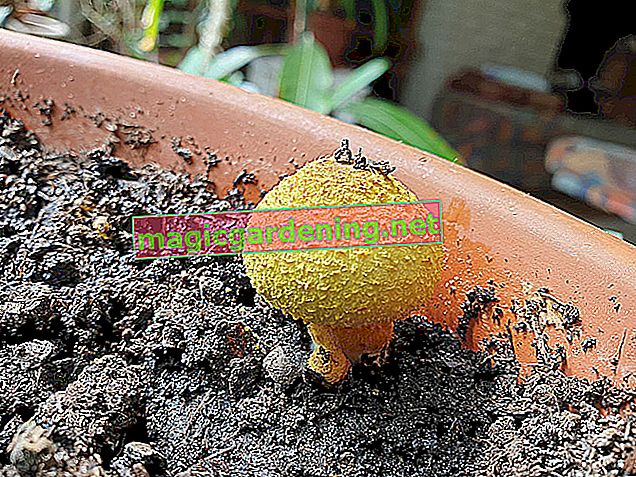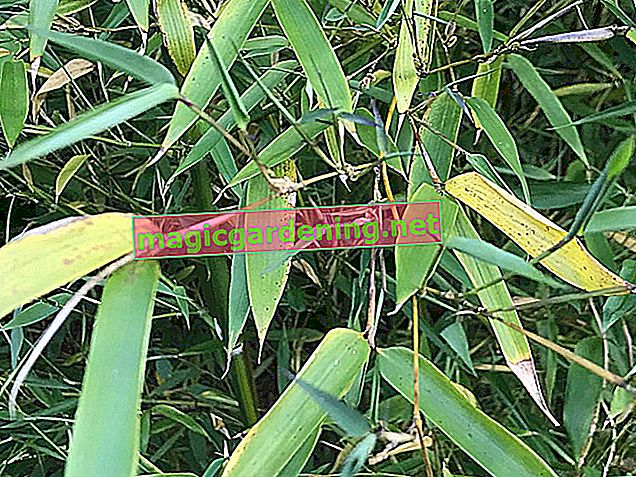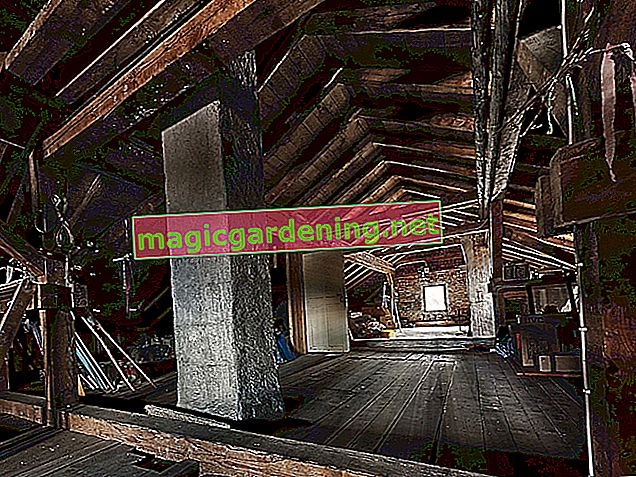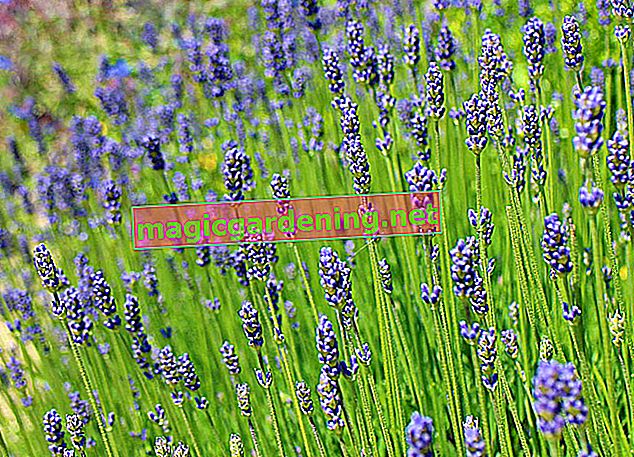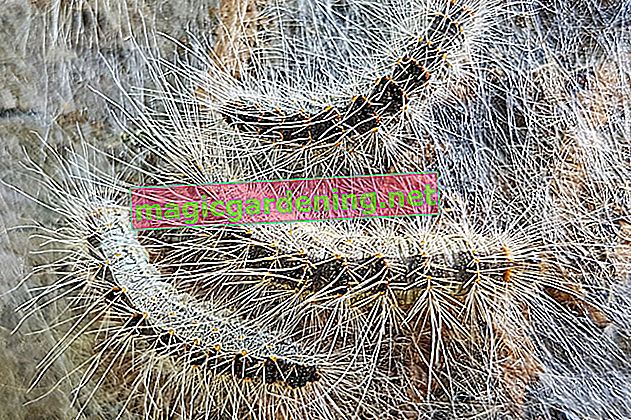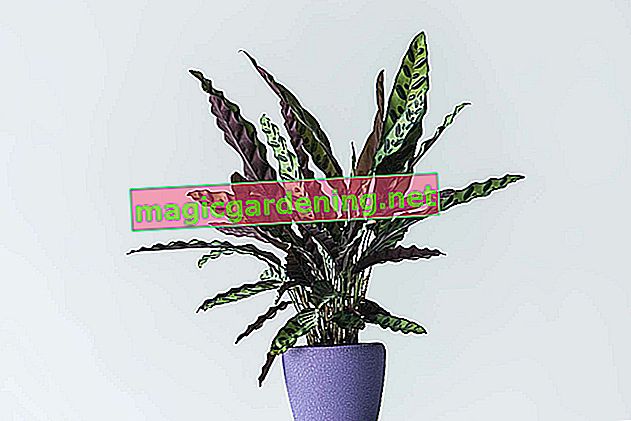
Calathea as a houseplant - the right location
- Partially shaded to dark
- no direct midday sun
- protected from drafts
- high humidity
- not too low temperatures
Direct sunlight causes the Calathea's leaves to turn brown and droop. A cheap window is where the basket only gets some sun in the morning and in the evening.
also read
- The Calathea likes a dark location
- The flowering of the Calathea warscewiczii appears in summer
- Causes of brown calathea leaves
But you can also make them quite dark. The Calathea even tolerates locations where it is too dark for any other houseplant.
Temperatures shouldn't drop below 18 degrees. The Calathea only tolerates cooler temperatures for a very short period of time.
High humidity is important
The Calathea is native to the Brazilian rainforest. The humidity there is very high. If the Korbmarante is to thrive as a houseplant, you need to create a similar climate.
So that the humidity does not drop below 80 percent, you should regularly spray the leaves of the Calathea with water. Setting up water bowls is also recommended.
Avoid care mistakes
There are two mistakes that you must absolutely avoid when keeping a basket as a houseplant: waterlogging and too much fertilizer.
The root ball must never dry out completely, but waterlogging must never occur, as the roots and trunk will rot.
If the nutrient supply is too high, the leaves of the Calathea turn yellow. From March to September, fertilize with a little liquid fertilizer at most once a month. Immediately after purchase or after repotting, you should not give any fertilizer for several months.
Give the Calathea a dark phase
The flowering of the Calathea is often in vain. You can encourage flowering by moving the basket margin to a darker location for several weeks in winter. There she should be exposed to total darkness for more than twelve hours a day.
Tips
The Calathea can be propagated quite easily. To do this, either cut shoot cuttings or split the root ball when you repot the plant in spring.



